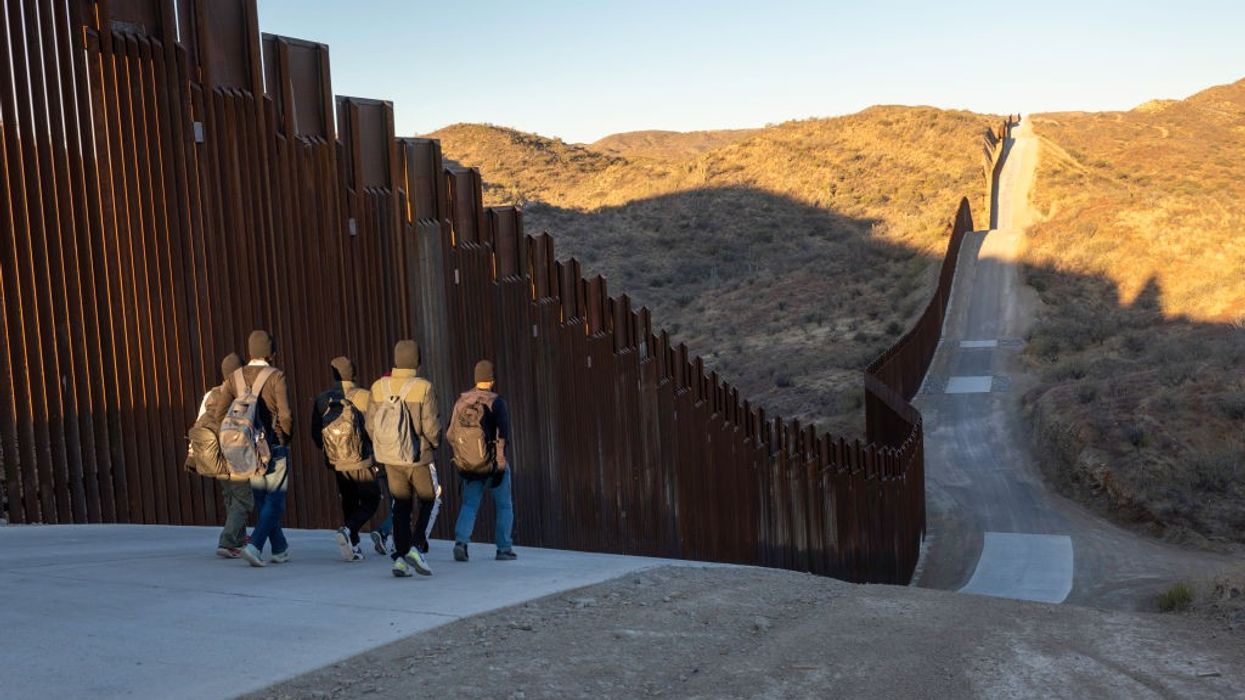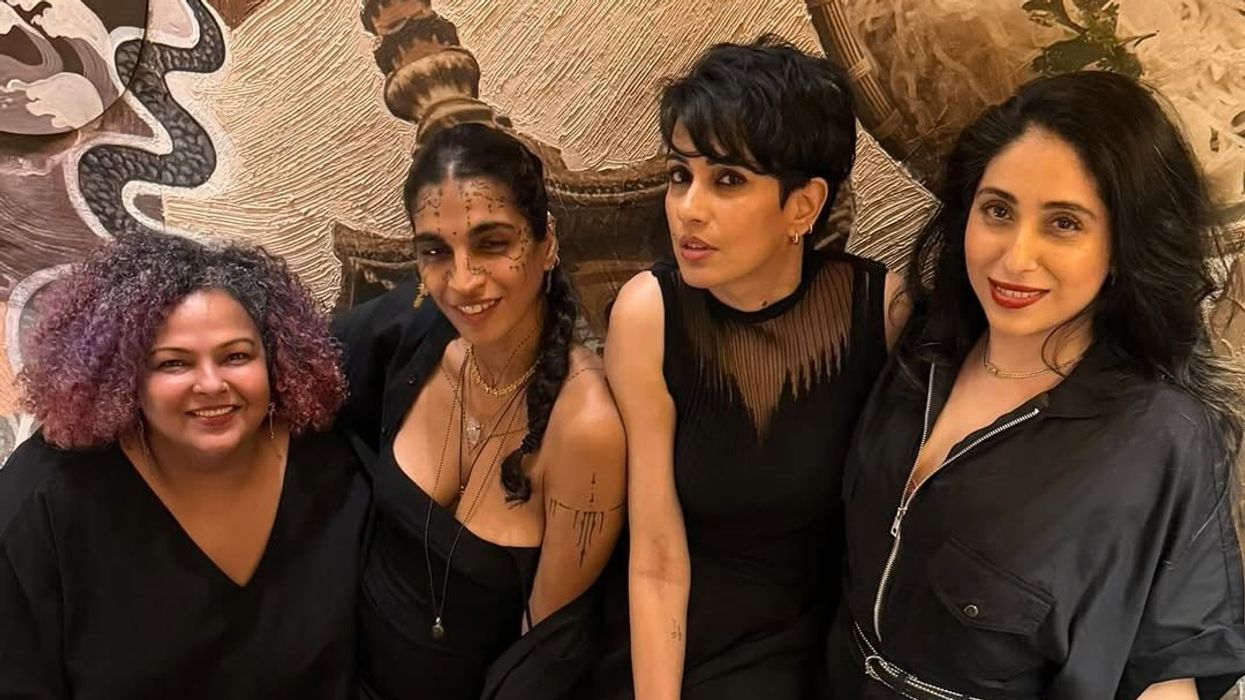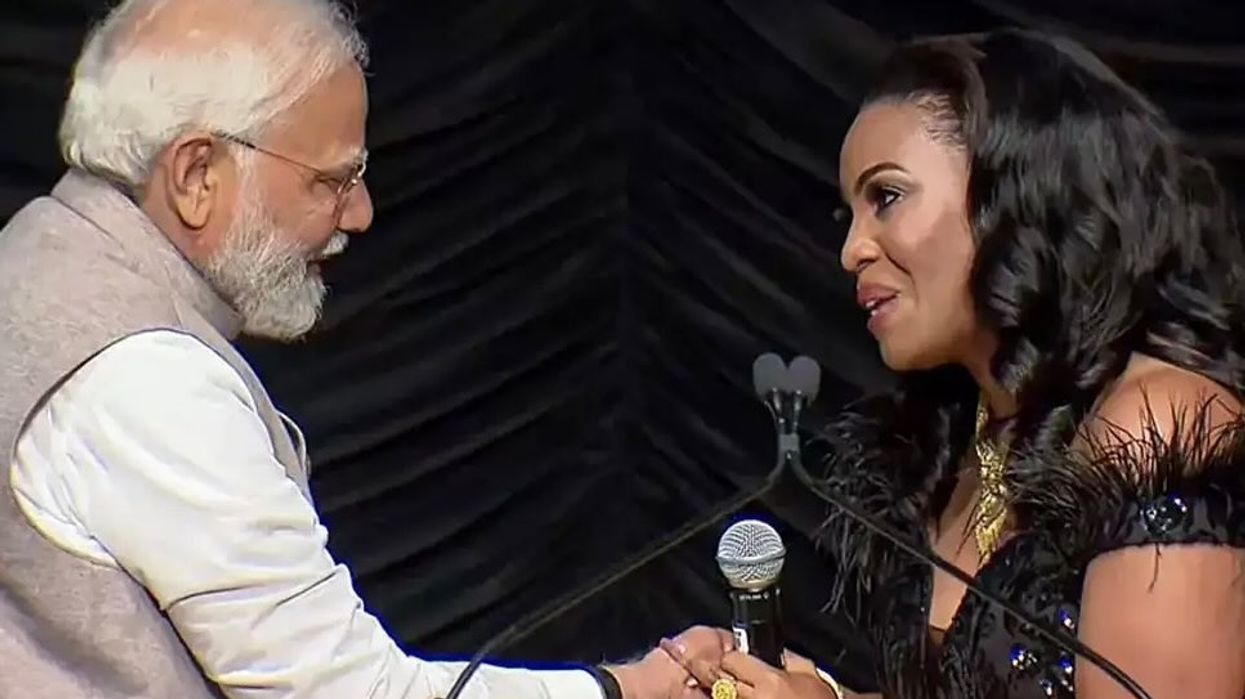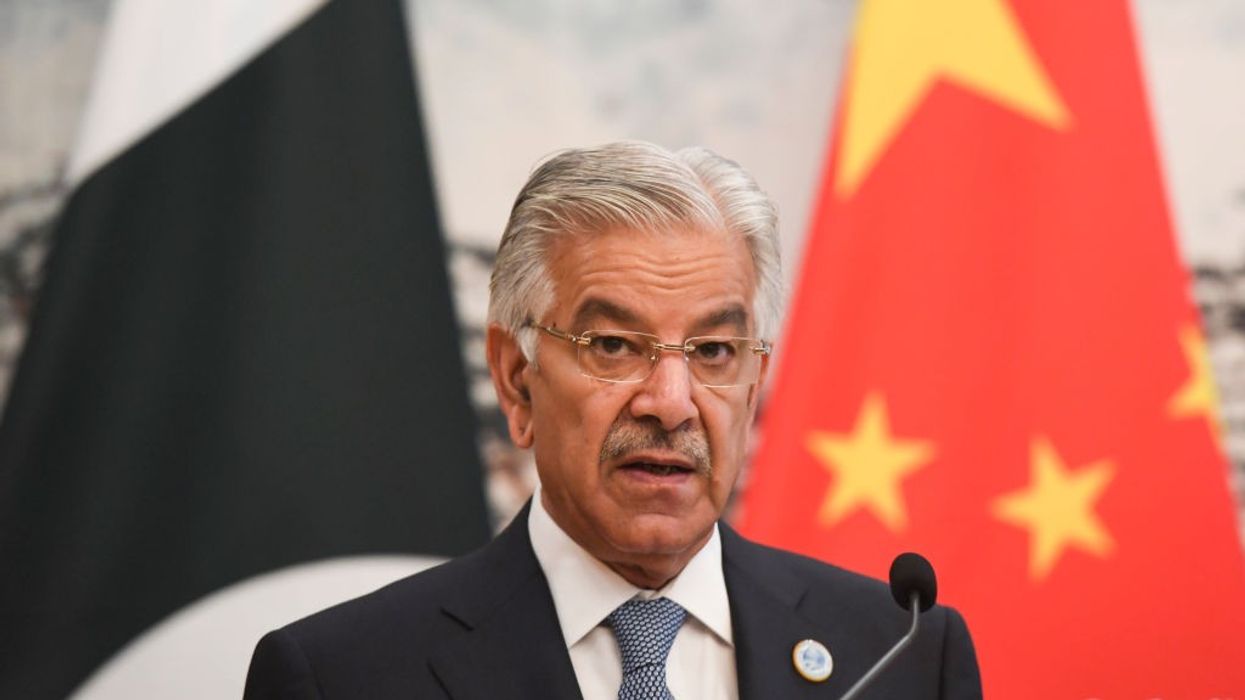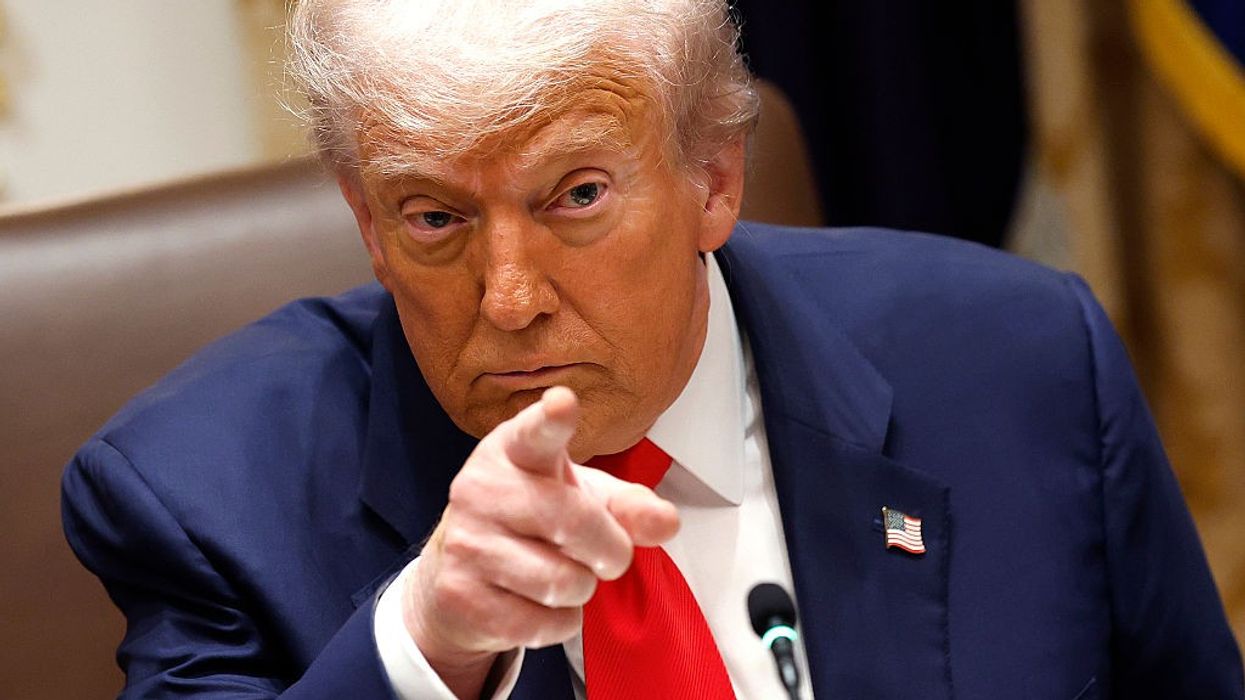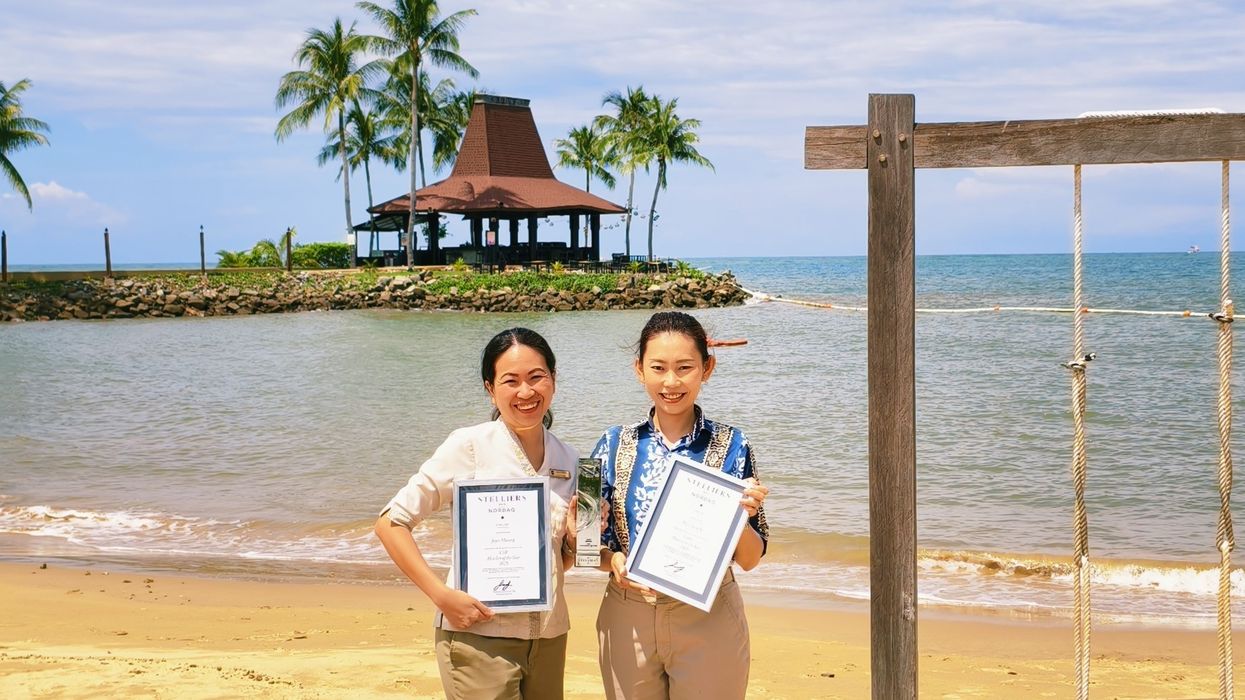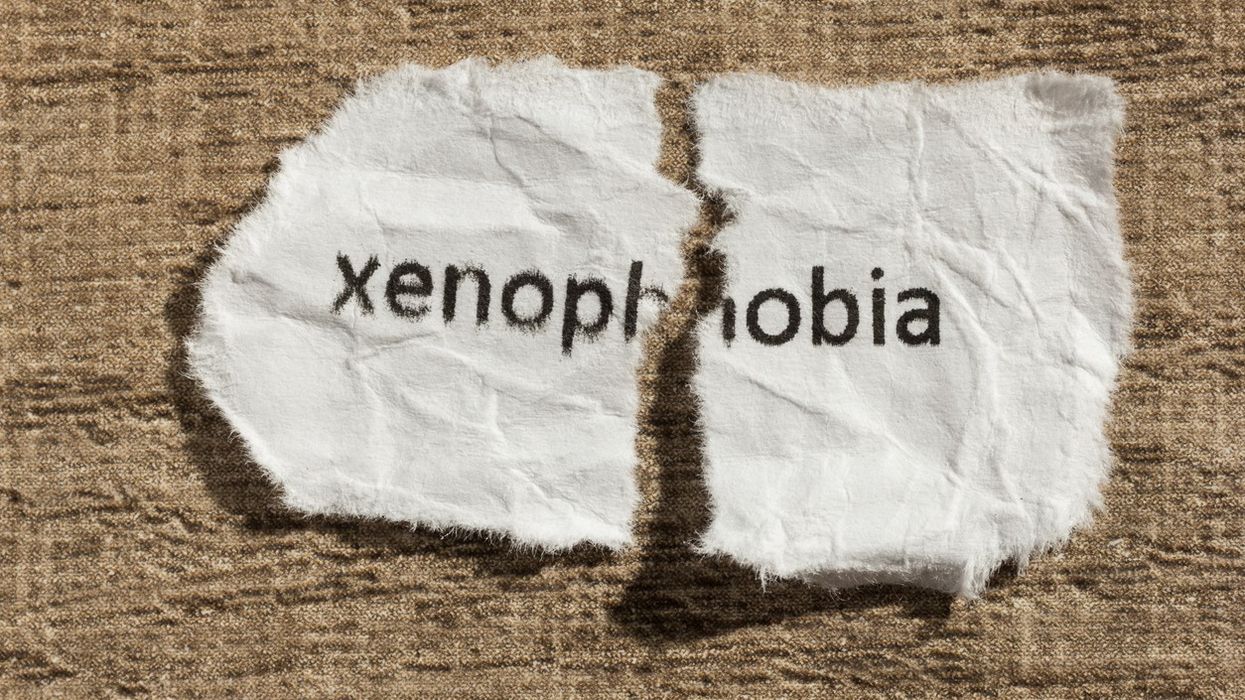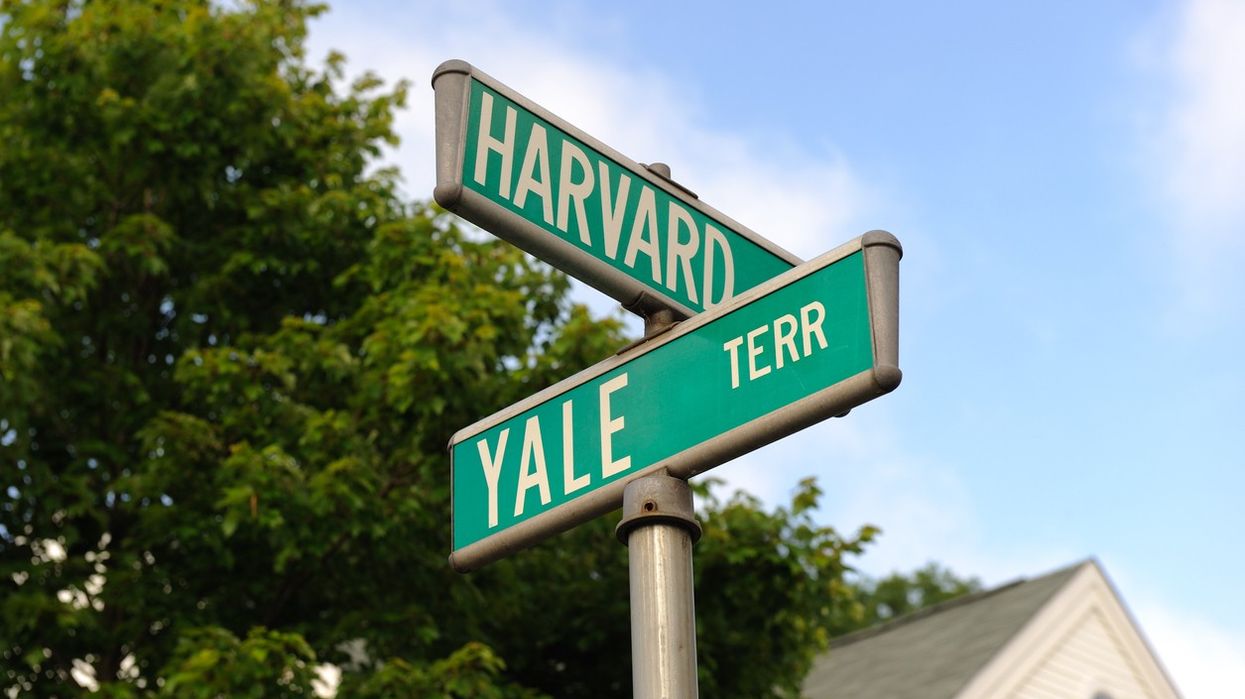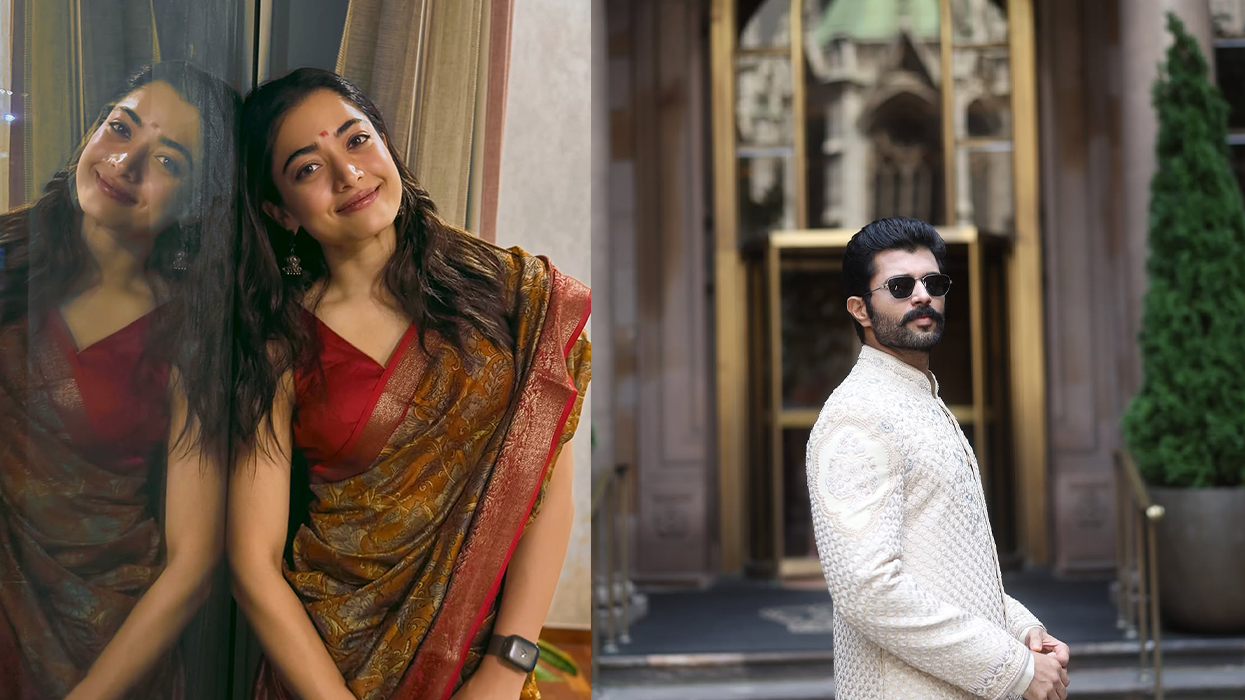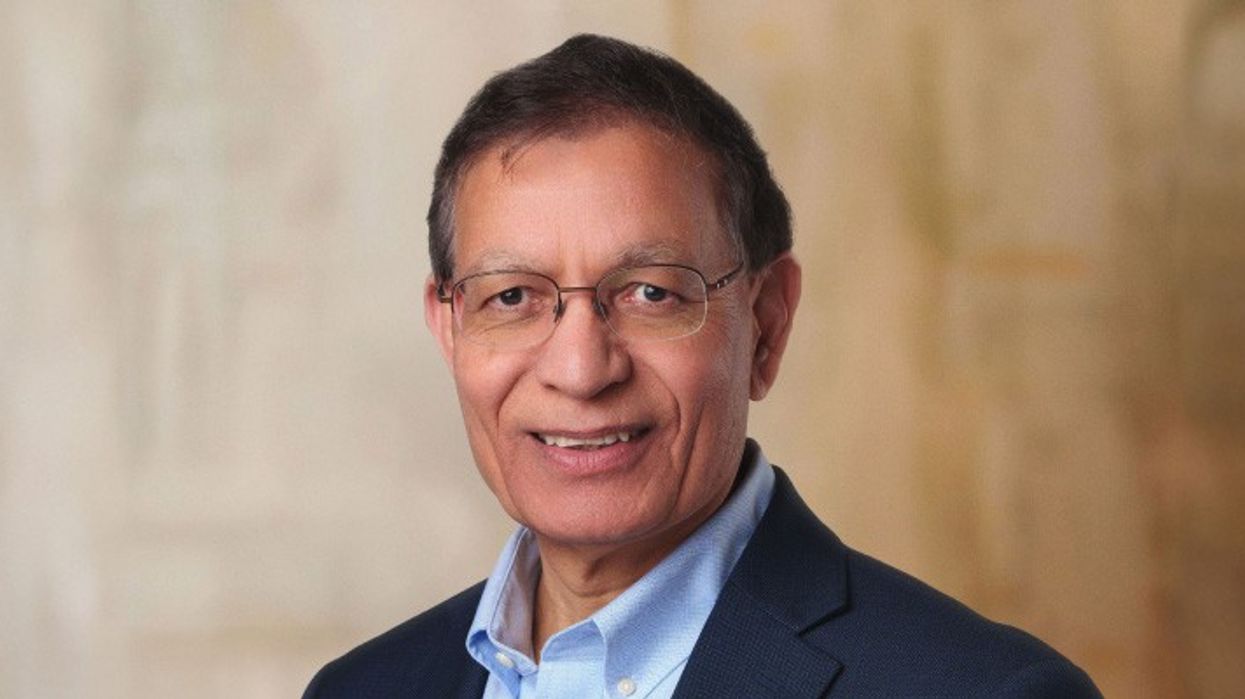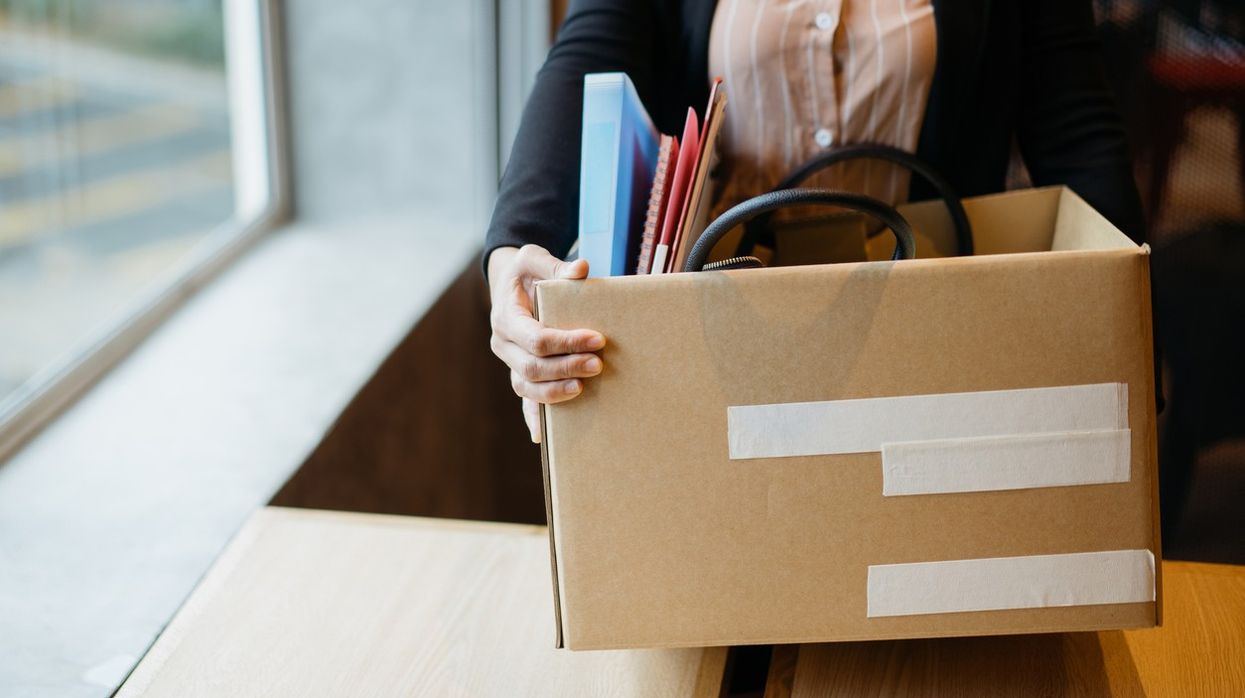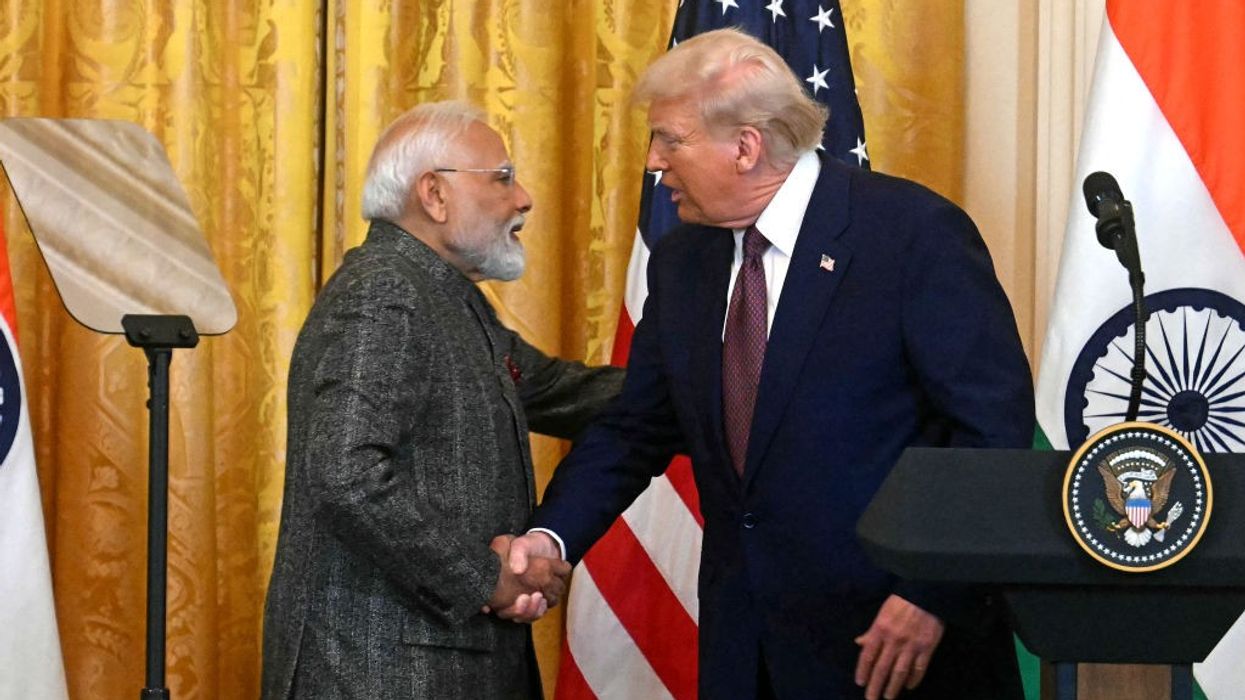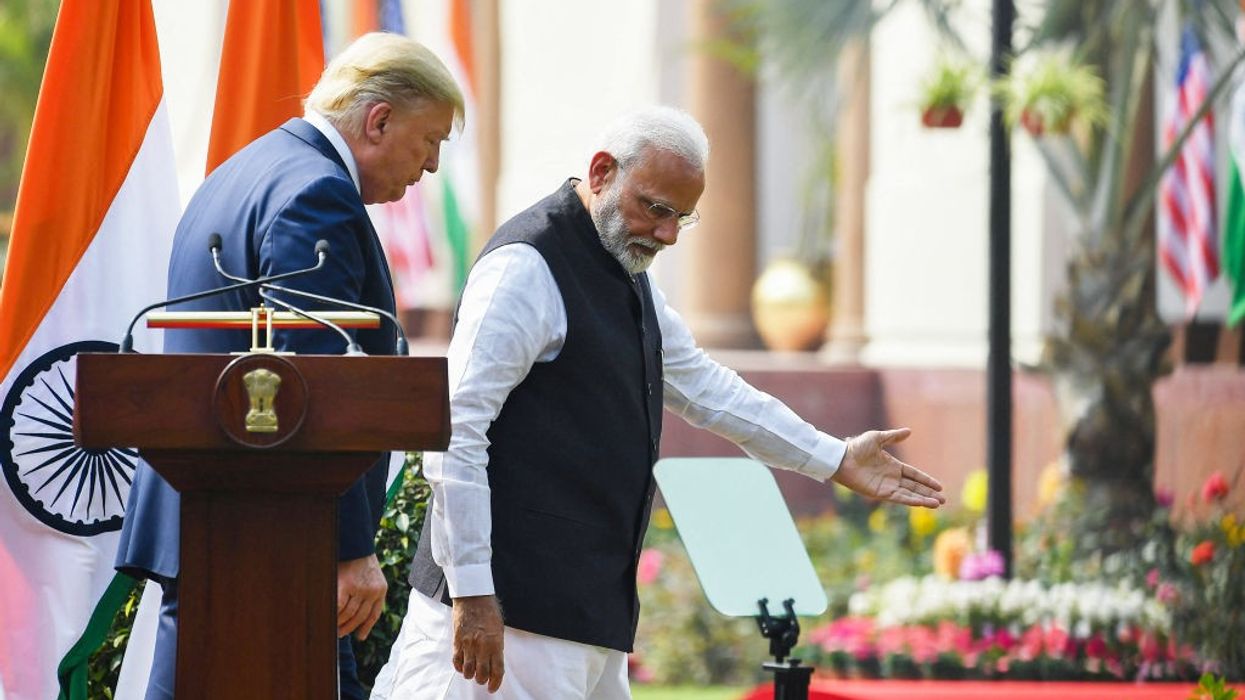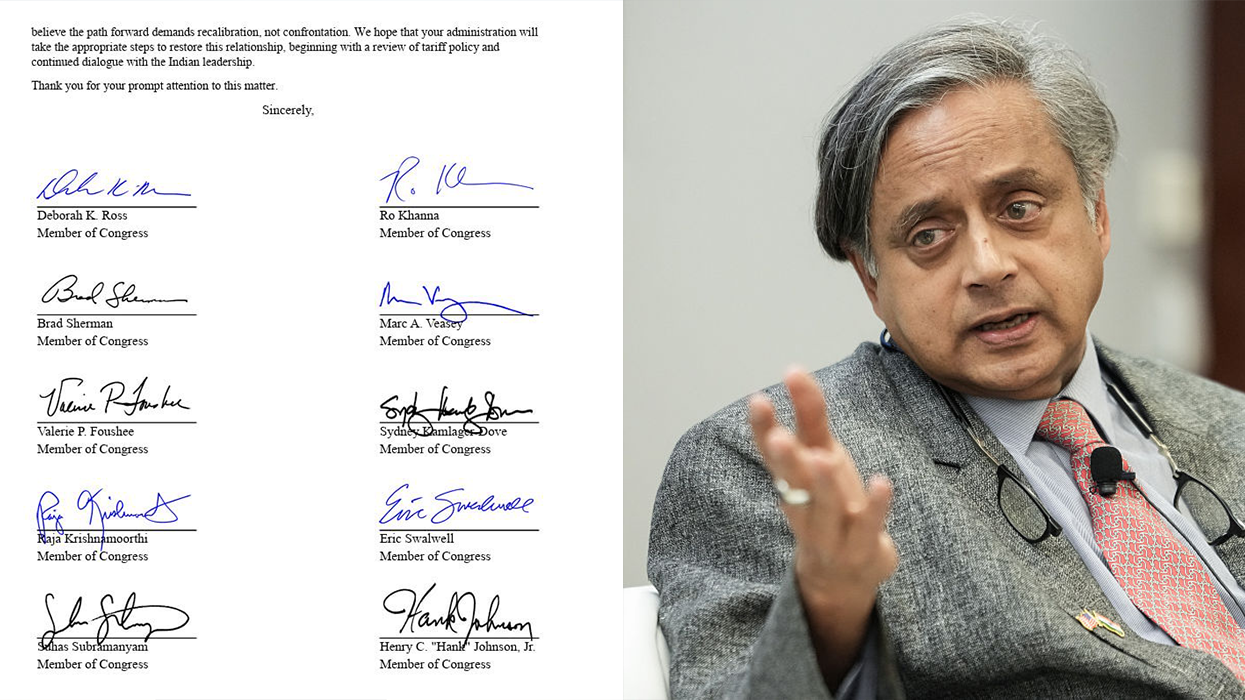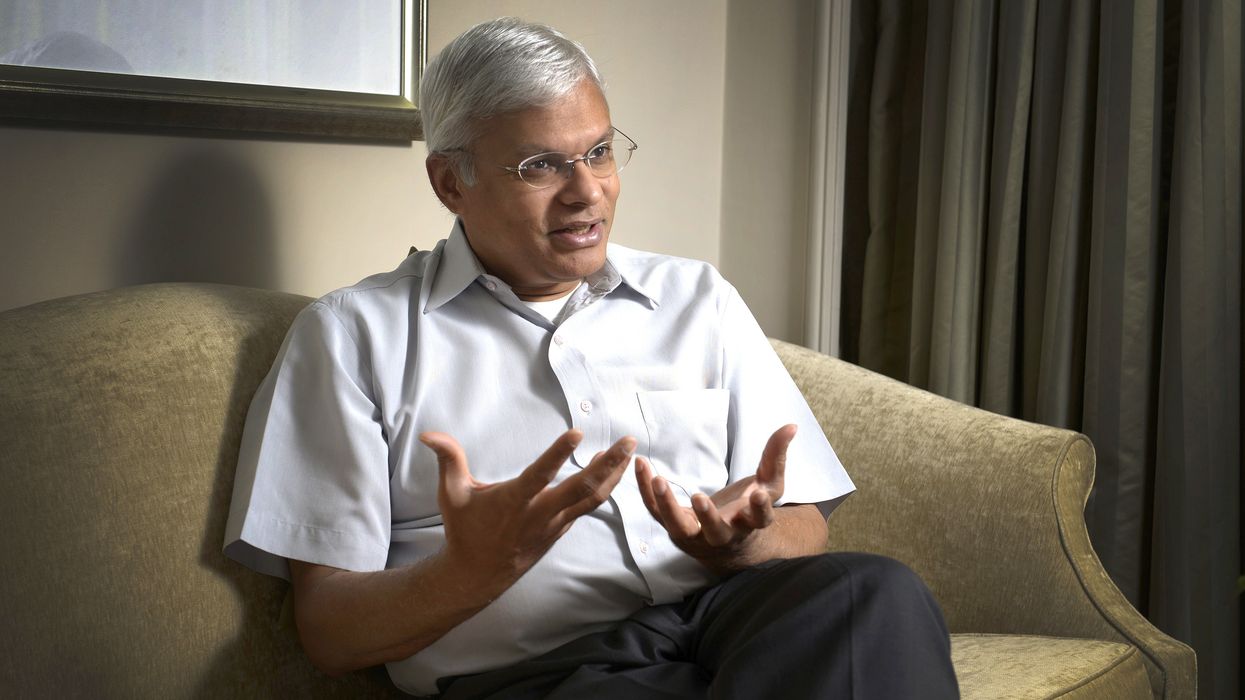Highlights:
- India remains ineligible for the US Diversity Visa Lottery until at least 2028.
- Over 50,000 Indians immigrated to the US annually in recent years, exceeding eligibility limits.
- Other excluded countries include China, South Korea, Canada, and Pakistan.
- Indians now rely mainly on H-1B conversions, investment visas, or family sponsorship.
- Trump’s immigration crackdown has intensified vetting and reduced visa opportunities across categories.
Indian nationals will remain ineligible to participate in the United States Diversity Visa (DV) lottery, which is commonly known as the Green Card Lottery, until at least 2028. The exclusion is based on the program's criteria, which bars countries that have sent more than 50,000 immigrants to the US in the past five years.
The DV lottery was created to diversify the immigrant population in the US by offering permanent residency to applicants from nations with historically low immigration rates to the US. However, India's steady flow of immigrants over the years has surpassed the qualifying threshold, automatically disqualifying it from participating in the upcoming 2026 lottery round.
According to recent data, the number of Indians immigrating to the US has remained consistently high. In 2021, about 93,450 Indians obtained legal permanent residence in the US. The figure surged to 127,010 in 2022—higher than the total number of migrants from South America (99,030), Africa (89,570), and Europe (75,610) combined. Although the number slightly dipped to 78,070 in 2023, it still exceeds the program’s limit, ensuring that India will continue to remain ineligible until at least 2028.
Along with India, several other nations have also been excluded from the DV Lottery 2026, including China, South Korea, Canada, and Pakistan. The latest visa allocations were officially announced by the US State Department earlier this week.
Fewer paths for Indians seeking permanent residency
With the Green Card lottery route now closed, Indian nationals are left with only a handful of viable pathways to gain permanent residency in the US. These include converting an H-1B work visa into a green card, investment-based immigration programs, family sponsorship, or seeking asylum.
However, even these channels have become more restrictive under President Donald Trump’s tightening immigration policies. Both applicants and employers are expressing growing concern over the shrinking legal avenues for skilled professionals to settle in the US.
Tougher immigration rules under Trump
Since taking office, the Trump administration has introduced sweeping immigration reforms aimed at restricting entry, particularly through employment and student visas. The State Department has issued new directives to US diplomats abroad to tighten screening processes, with a special focus on social media vetting and background checks.
Officials have been instructed to be alert to applicants viewed as potential security risks or those with records of political activism. The administration has also expanded the definition of inadmissibility to include individuals who “advocate for, aid, or support designated foreign terrorists” or are associated with “unlawful anti-Semitic harassment or violence.”
For thousands of Indians aspiring to live and work permanently in the United States, the exclusion from the DV Lottery marks another setback. As immigration policies continue to tighten, experts warn that America risks losing out on top global talent—many of whom may now look to friendlier destinations such as Canada, Australia, or the United Kingdom.
